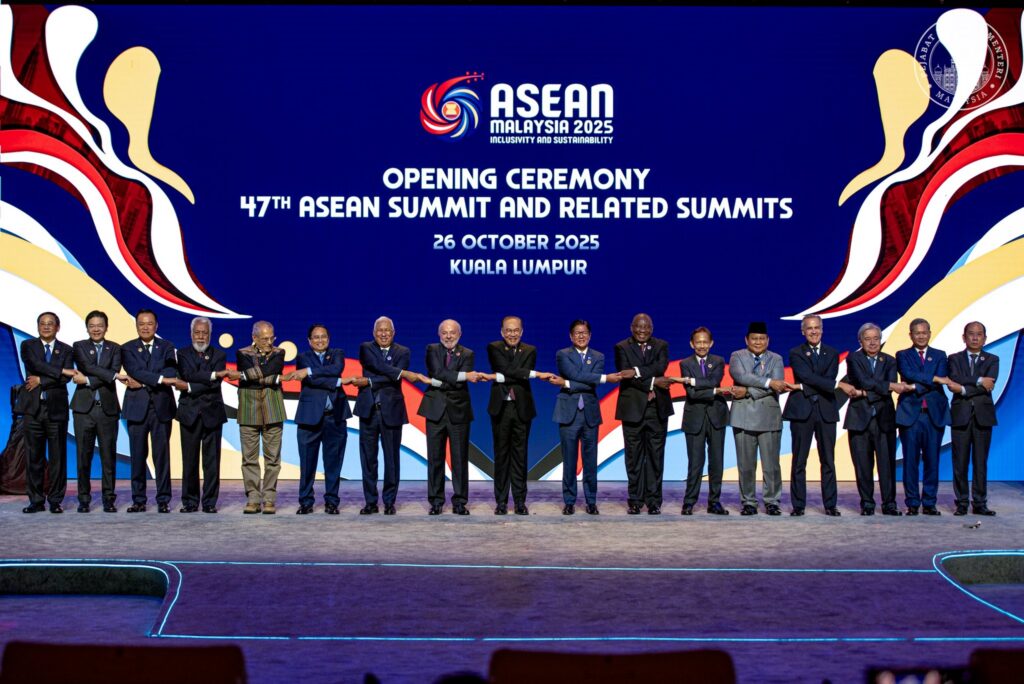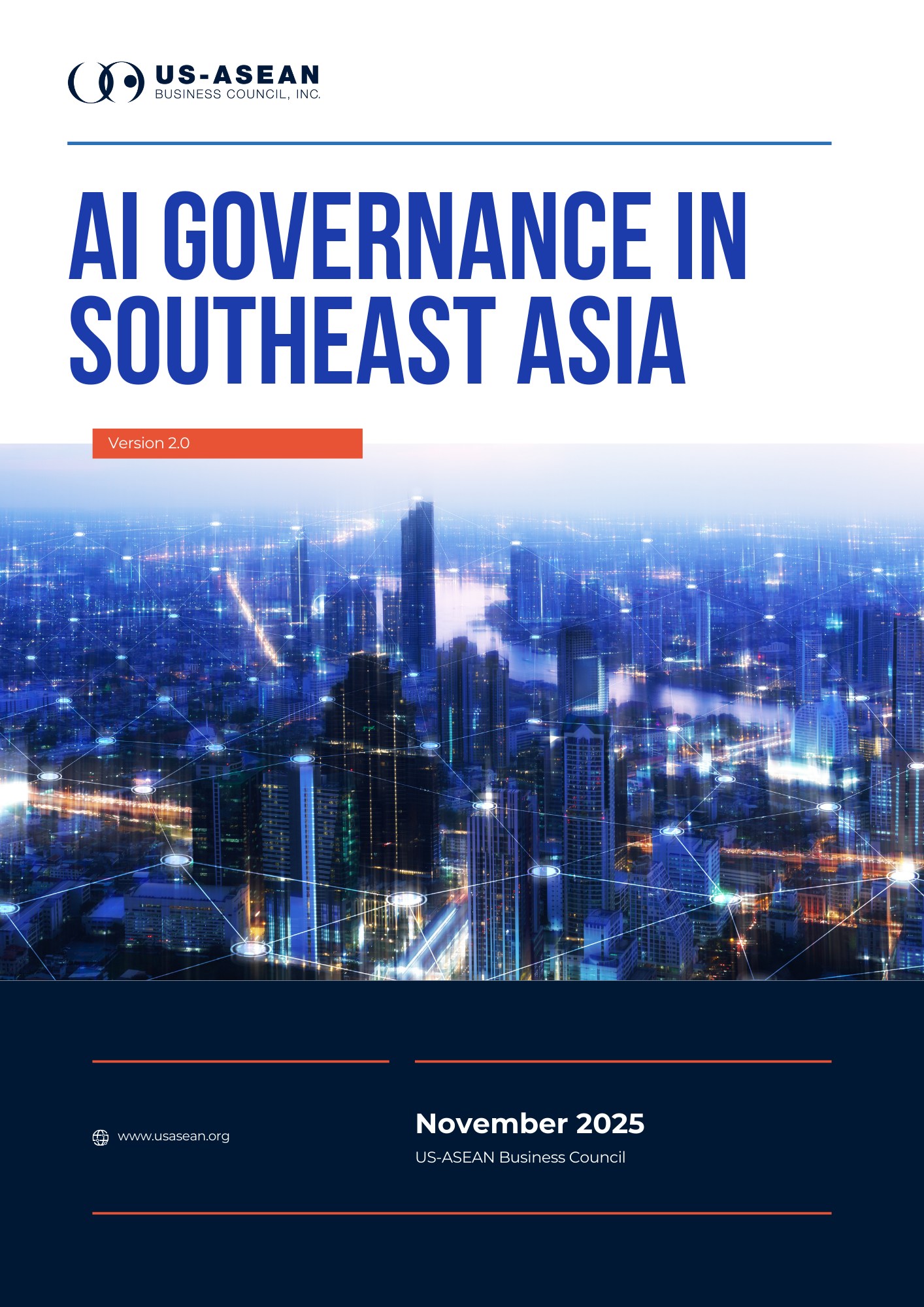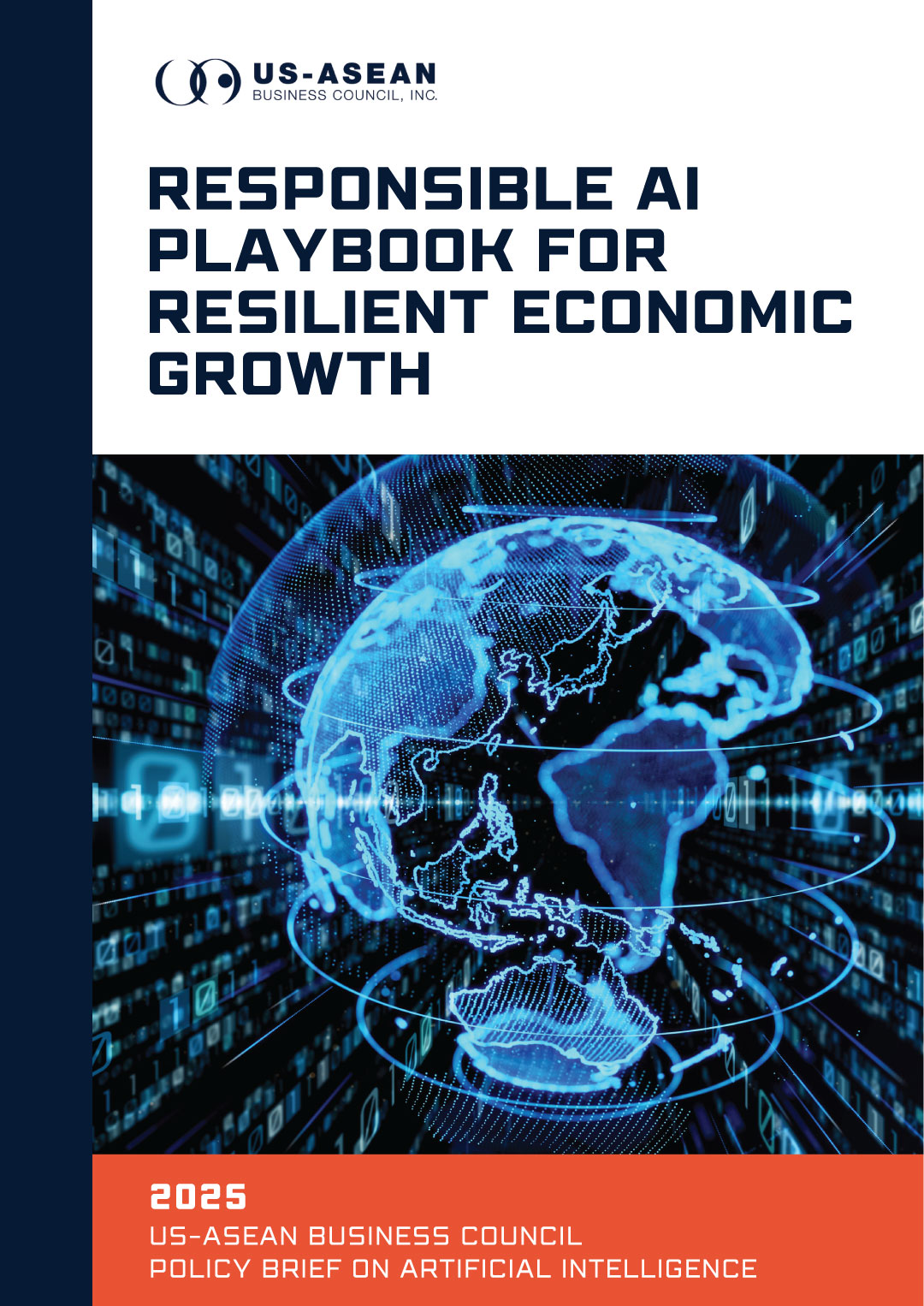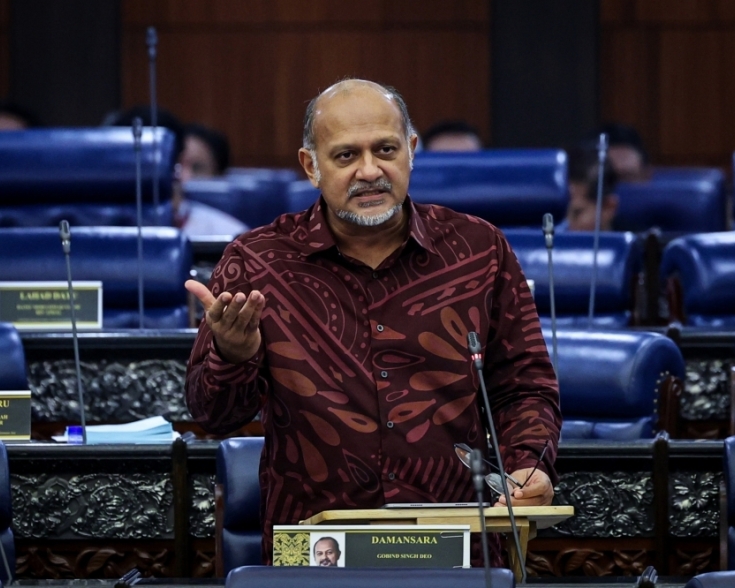The 47th ASEAN Summit: Malaysia’s Leadership Amid U.S. Tariff Diplomacy and Regional Peacebuilding

From October 26 to 28, Malaysia hosted the 47th ASEAN Summit in Kuala Lumpur under the chairmanship of Prime Minister Anwar Ibrahim. The meeting produced several headline outcomes, including the formal accession of Timor-Leste as ASEAN’s 11th member, the signing of a Thailand–Cambodia ceasefire agreement, and renewed U.S.-ASEAN economic engagement. These developments positioned Malaysia at the center of ASEAN’s diplomatic and economic agenda - a regional peacemaker and pacemaker in uncertain times.
Tariffs, and Trade Negotiations Dominated the U.S.-ASEAN Summit Sidelines
The much-anticipated arrival of U.S. President Donald Trump at the U.S.-ASEAN Summit marked his first ASEAN participation since returning to office. It coincided with a number of trade arrangements and announcements with several ASEAN members, including Malaysia—namely, the elevation of U.S.-Malaysia relations to a Comprehensive Strategic Partnership (CSP) and the formalization of a “reciprocal trade” agreement.
In particular, the CSP represents a substantive development. Touted as “a cornerstone for peace and prosperity in Southeast Asia” by the White House, it marks the largest and most significant expansion in the U.S-Malaysia bilateral ties since 2014. The framework broadens cooperation on maritime security, transparency in foreign-exchange operations, and critical-minerals supply chains, on which a memorandum of understanding (MoU) was officially signed by both countries, as well as Thailand.
The new Critical Mineral MoU is a part of a broader U.S.-led effort to diversify supply chains away from China, whose influence was also apparent at this year’s summit. On October 27, ASEAN and China signed the upgraded ASEAN-China Free Trade Area (ACFTA 3.0) agreement, which expands market access to China, including in new frameworks such as digital trade, e-commerce, and green-transition industries. The contrast between Washington’s bilateral tariff diplomacy and Beijing’s attempts at multilateral integration will likely remain a test for ASEAN Member States.
In this context, Trump’s trade diplomacy was defined by a series of bilateral frameworks designed to reinforce U.S. economic leverage across the region. In addition to the two “reciprocal trade” agreements with Malaysia and Cambodia, there were also two framework arrangements with Thailand and Vietnam— each customized, but following a similar outline of tariff carve-outs and purchase commitments.
Malaysia’s agreement goes the furthest: providing greater market access across automotives, agriculture, and manufacturing. The deal also bundles headline purchase pledges of US$150 billion over five years for semiconductors, aviation, and data-center equipment. According to the Office of the U.S. Trade Representative (USTR), the agreements aim “to restore fairness and competitiveness for American workers and producers.” However, it is important to highlight that this also leaves Washington with the ability to reimpose tariffs unilaterally should actions be deemed unfair or conditions not met.
Thai-Cambodia Ceasefire Agreement Signed during the Summit
One of the most visible outcomes of the Kuala Lumpur summit was the signing of the Kuala Lumpur Peace Accord between Thailand and Cambodia on October 27. The peace agreement ended nearly six months of border skirmishes that had disrupted trade, displaced local communities, and become a major test of ASEAN’s ability to mediate disputes between Member States.
Diplomatic maneuvering by ASEAN Chair Malaysia, coupled with Washington’s pressure to link tariff negotiations to progress on the ceasefire, convinced Cambodian and Thai leaders to agree to an initial truce in July. Malaysia then facilitated negotiations for the immediate ceasefire that was signed during the summit along with the proposal for an ASEAN monitoring committee to oversee troop withdrawals and prevent further escalation.
Although President Trump has claimed full credit for brokering the deal, the role of Malaysia as a mediating force cannot be understated. For months, Anwar Ibrahim’s government played an essential diplomatic role, leveraging Malaysia’s neutral position to rebuild trust between Bangkok and Phnom Penh after earlier talks had stalled. That said, Trump’s role in presiding over the ceremony was not wholly symbolic. His participation lent political visibility that several Thai officials believe could help the agreement “stick.”
Likewise, the credibility and interest of the U.S. President helps steady an uneasy situation even Thailand’s foreign minister described as “a pathway to peace” rather than a final, all-encompassing agreement. Thus, ASEAN’s continued engagement will be essential to ensure the ceasefire endures, and that the strategic trade corridor that facilitates more than $5 billion remains open.
Timor-Leste Officially Joins ASEAN as the 11th Member State
The final, but certainly not the least, historic outcome of the Kuala Lumpur summit was the formal admission of Timor-Leste as ASEAN’s 11th member - the bloc’s first expansion in nearly two decades. A full membership was granted to the region’s youngest nation following Timor-Leste’s successful implementation of key reforms in trade facilitation, digital governance, and civil aviation oversight which were set out in the 2022 accession roadmap.
For Malaysia as ASEAN chair, the milestone was a huge symbolic achievement. In his opening remarks, Prime Minister Anwar Ibrahim claimed “Timor-Leste’s place here completes the ASEAN family,” framing the move as a commitment to an inclusive and united regional community of nations. While integration into ASEAN’s economic frameworks, particularly the ASEAN Free Trade Area and the Regional Comprehensive Economic Partnership (RCEP), will take time, the outcome is optimistic for Timor Leste.









